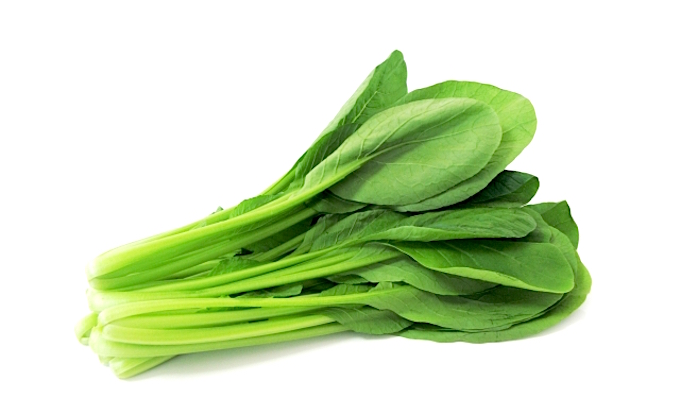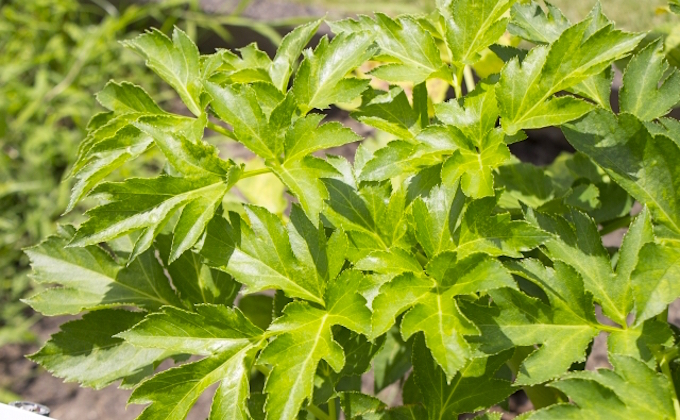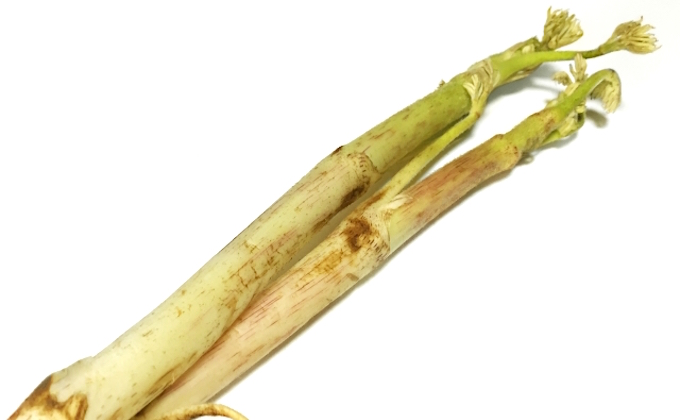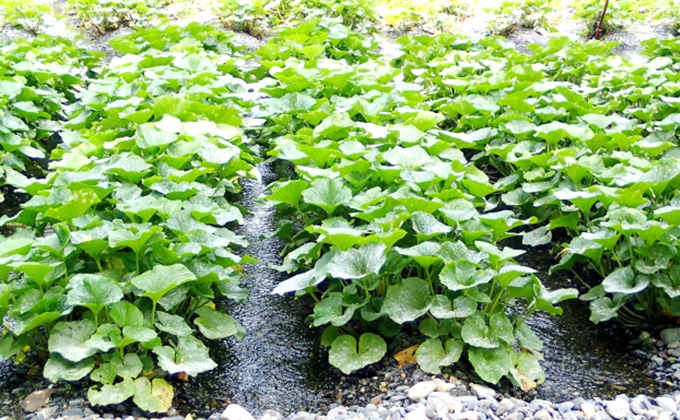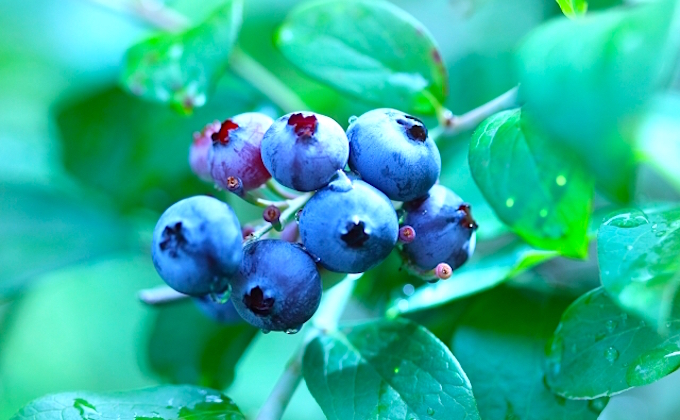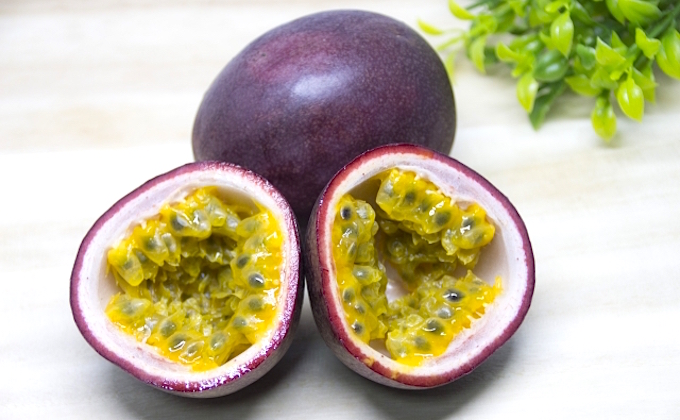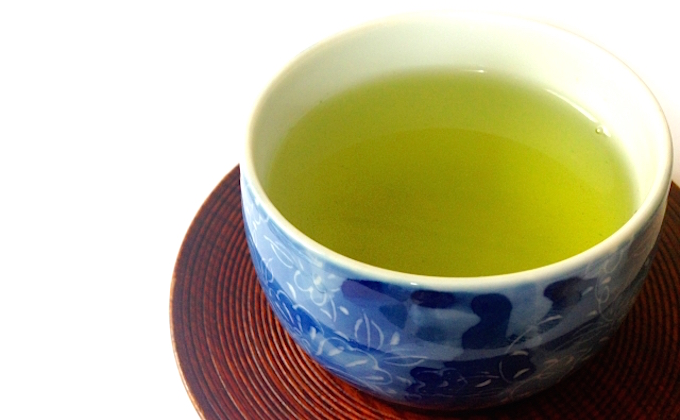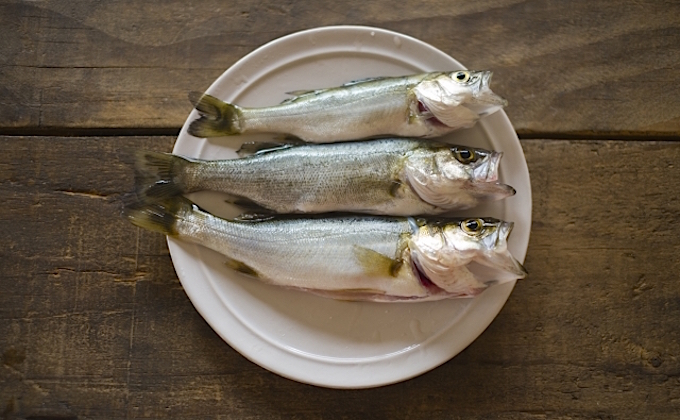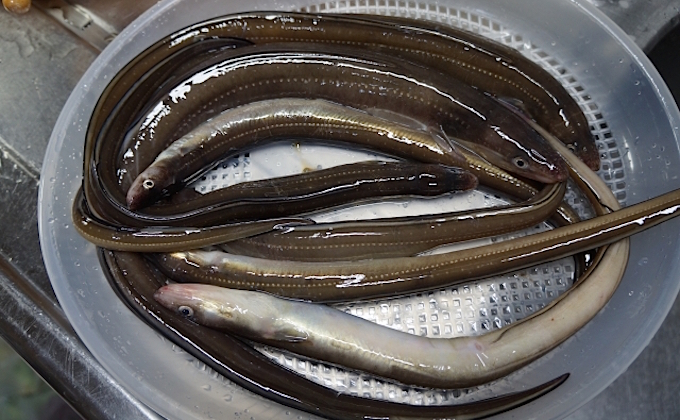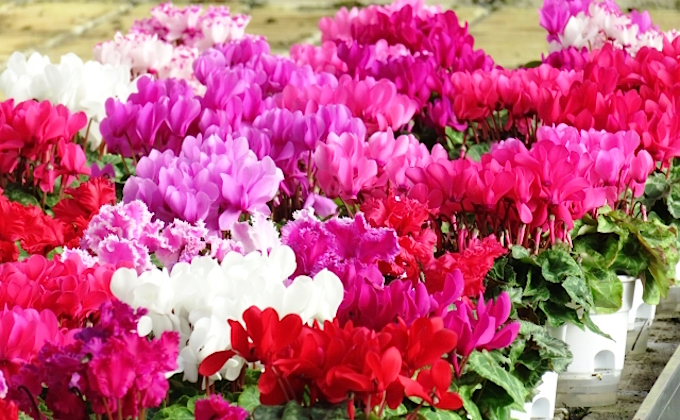TRG Info and Advice
Gorge yourself on Tokyo’s local bounty!
When you think about Tokyo, what comes to mind? Concrete tower blocks? Crossings filled with pedestrians? A web-like transport network?
Tokyo is, needless to say, a metropolis representing Japan, and the Tokyo that most everyone imagines is probably a mere portion of the 23 wards that make up just its core. Tokyo actually consists of 23 special wards (we call them “special” because they are a form of municipality that differs from ordinary wards called ‘ku’), 26 cities, 5 towns and 8 villages. As a regional entity, Tokyo also encompasses mountains and hills in the Tama area to the west, and volcanic islands in the Pacific Ocean to the south as far as 1,000 km from the mainland. In the mountainous areas of Tama and on the islands, as well as in some areas within the metropolis, vegetables, fruits, flowers and livestock are produced and support the everyday life of people living in Tokyo.
Here you will find descriptions of delicious, aromatic high quality produce, livestock and marine products hailing from Tokyo.
■ Agricultural produce
Komatsuna Japanese Mustard Spinach
Komatsuna, a leafy, green vegetable, used to be grown around the Komatsugawa River (now Edogawa City) during the early Edo Period (17th century), so the vegetable was named after the river. Komatsuna is a nutrient-rich vegetable, containing five times as much calcium as spinach, as well as a lot of carotenes and vitamin C.
Ashitaba (Angelica keiskei)
Its name means “tomorrow leaf,” because Ashitaba grows so fast that the leaves picked today will grow replacements by the following day. Ashitaba contains chalcones, which are said to have antimicrobial effects.
Udo (Aralia cordata)
Along with butterbur stalks (fuki) and wasabi, Udo is one of the few vegetables native to Japan. It features subtle bitterness and a crispy texture. It is carefully cultivated over time by planting stumps in shade such as in a special dark room or semi-underground tunnel. Udo consists mainly of water, and is rich in fibre. It is also high in aspartic acid, which is said to boost metabolism.
Wasabi
Wasabi is harvested in small wasabi fields along clear streams in Okutama Town, the area at the Tama River headwaters. This pungent plant grown here features an exceptional fragrance and a sticky texture, so it is said to have been offered to the Shogun family in the Edo Period (17th–19th centuries).
■ Edo-Tokyo Vegetables
Edo-Tokyo vegetables are locally-grown heirloom vegetables, which have supported the diet of Tokyoites since the Edo Period. They were once on the verge of extinction because farmland decreased as it was transformed into residences, and growing them was labour-intensive, yet they were comparably low yielding. These traditional crops are, however, recently drawing much attention as Tokyo-brand vegetables, and the movement to revive and promote them has been steadily gaining momentum. As of today, JA (Japan Agricultural Cooperatives) Tokyo Chuokai has designated thirty varieties as Edo-Tokyo vegetables.
Nerima Daikon Radish
The Nerima Daikon radish is said to have been first cultivated to serve the fifth Shogun, Tsunayoshi Tokugawa, who suffered from a disease caused by vitamin deficiency. The large ones measure as long as 80 cm – 100 cm. After the Russo-Japanese War in the early 20th century, demand for takuan (pickles made from daikon) increased and Nerima Daikon was mass-produced. Because of changing food fashion and soil damage caused by repeated cultivations, however, production sharply fell. Nerima Daikon is mainly processed into takuan pickles, and the pungent taste is perfect for grated daikon.
Okura Daikon Radish
Okura Daikon was cultivated throughout Setagaya City until the first half of the 1970s. It disappeared briefly, as the more disease-resistant and easier-to-grow green-neck daikon (aokubi daikon) gained popularity. Farmers in Setagaya, however, began re-cultivating the crop in 1997, and production returned to full swing in 2002. Okura Daikon contains less water than green-neck daikon, so it holds its shape well when simmered. Okura Daikon is perfect for Oden stew and simmered dishes, as it absorbs the soup and flavour well.
Magome Hanshiro Cucumber
Magome Hanshiro (half white) Cucumber is a cross between a cucumber and a gourd. The upper part is green and the colour gradates towards white at the tip. Originated from Magome Village (currently the Magome area in Ota City), the cucumber measures from 20 cm to 25 cm. Compared to most cucumbers in Japan, they are thicker and the tips are rounded. Magome Hanshiro Cucumbers taste as cucumbers should really taste, and feature a fresh and crispy texture.
Terajima Nasu Eggplant
Terajima nasu is small in size compared to common eggplants. The skin is relatively tough and the flesh is firm. It can also be harvested earlier than other eggplant varieties. The fertile soil along the Sumida River was suited for cultivating this vegetable, and so it was grown in the areas around Terajima Village (now Sumida City). After the Great Kanto Earthquake in 1928, production diminished as available farmland decreased, but it made a comeback in 2009.
■ Fruits
Blueberries
In Japan, blueberries first began to be grown commercially in Kodaira City, and from here this fruit’s production spread all over Japan. Some farms are still scattered around Kodaira today, selling their fruit directly, fresh from the farm or offering blueberry picking, as well.
■ Tea
Tea plants have been grown in north-west Tama since olden times. The tea produced in Tokyo and Saitama Prefecture is called Sayamacha tea, and within this type, teas produced in Tokyo are specifically named Tokyo Sayamacha. Cold winter weather conditions help tea leaves to become thick and sugars to develop. The finishing process of heating at a low temperature over a long period of time allows the sweet and rich flavour unique to Sayamacha to come out.
Sayamacha is also processed into black tea. Green tea has been grown all over Japan since olden times, but Sayamacha farmers began the production and sale of black tea, which was then widely exported, in the late 19th century. Sayamacha black tea features a hint of sweetness and a rounded texture.
■ Livestock
Tokyo Ukokkei
The Tokyo Ukokkei (silkie) has black-coloured meat and bones. Ukokkei’s meat and eggs have been highly valued as an ingredient of medicinal dishes in China and Korea since ancient times, and is thought to have some benefits in traditional Japanese herbal medicine, too. Tokyo Ukokkei birds are reared in various parts of Tokyo, and their eggs are sold mainly at farm shops.
TOKYO X
Tokyo X is a kind of pig that was developed by the Tokyo metropolitan government and Live Stock Experiment Station (now Oume Livestock Center of Tokyo Metropolitan Agriculture and Forestry Research Center) in 1997, over a period of seven years starting in 1990. It is a cross between the Beijing Black, the Berkshire and the Duroc, all pigs which have high quality meat. The colour of the Tokyo X meat is pale pink, and it features high quality fat, a fine and tender texture, and juiciness.
Tokyo Shamo Chicken
Only four chicken farmers are allowed to raise Tokyo Shamo chicken, and that makes it a very valuable brand of meat. The meat of the Tokyo Shamo chicken features a firmer texture and less fat than others. It also has a rich, but not too heavy, taste. When used in a hot pot dish, Tokyo Shamo chicken meat makes a good broth.
■ Seafood
Asari Clams (Japanese littleneck clams)
Asari clams can be found in sand and mud shores along the coast of Tokyo Bay. The catch is about 200 tons per year.
Sea bass (suzuki)
Suzuki, or sea bass, is a “shusse-uo,” a fish that is called by different names as it grows larger. The body is flat from side to side, and measures about 90 cm. Often found in Tokyo Bay, they ascend to the lower parts of the rivers of Tama, Arakawa, Edogawa and others from spring until autumn. Suzuki is one of the typical kinds of fish caught in Tokyo Bay (140 tons per year). Suzuki tastes good when prepared as sashimi, sea bass meuniere, or grilled with salt and butter.
■ Where to eat Tokyo’s quintessential food
Among the restaurants located in the 23 wards and the Tama area, those which proactively use locally-sourced produce are registered as “Restaurants dedicated to serving Tokyo-produced food,” and those on islands vigorously using the island-produced crops are recognised as “Restaurants dedicated to serving Tokyo islands’ quality food.” Look for a wooden certificate plaque to find the former.
Restaurants that feature Tokyo’s local ingredients
・Nihonbashi Muromachi Hounen Manpuku
Hounen Manpuku offers seasonal Edo-Tokyo vegetables such as komatsuna, udo, and Senju green onions throughout the year.
Depending on the season, Edo-Tokyo vegetables, including Terajima nasu eggplants and Naito red chili peppers are grown in planters right at the restaurant.
Address: 1-8-6 Nihonbashi-muromachi, Chuo-ku, Tokyo, 103-0022
Lunch: 11:30-14:30
Dinner: [Mon.-Fri.] 17:00-23:00 [Sat., Sun., National Holidays] 17:00-22:00
Closed at year-end and New Year’s
・Tokyo Catering Metropolitan Government #2 Building Cafeteria
The Tokyo Catering cafeteria offers dishes prepared using Tokyo-produced vegetables in season, as well as Tachikawa-reared pork.
Address: 4th Floor, Tokyo Metropolitan Government #2 Building, 2-8-1 Nishi-shinjuku, Shinjuku-ku, Tokyo (Please note that due to security reasons all visitors need to sign in at the reception desk on the first or second floor, and are subject to a security screening.)
Open from 11:30 am until 2:00 pm
Closed: Saturdays, Sundays and national holidays (Days of operation follow the schedule of the metropolitan government.)
■ Bonus note
Flowers
Flowers gathered from all around Japan, as well as from abroad, are sold in Tokyo. It is not only a huge market for plants, however, but also a producer of them. In the Tama area and in the special wards, pot flowers such as cyclamen and primula; bedding plants such as pansy and viola; and plants with a long tradition from the Edo Period including morning glory and gerbera, are all grown. On islands, cut flowers such as gerbera and boulevia are grown and houseplants are produced.







